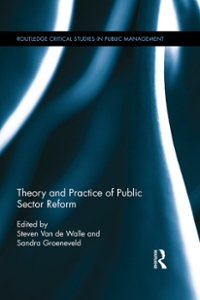Answered step by step
Verified Expert Solution
Question
1 Approved Answer
Write out the steps in the derivation of the optimal rate rule stated in the following slides and include comments to explain what you are
Write out the steps in the derivation of the optimal rate rule stated in the following slides and include comments to explain what you are doing in your derivation.




Step by Step Solution
There are 3 Steps involved in it
Step: 1

Get Instant Access to Expert-Tailored Solutions
See step-by-step solutions with expert insights and AI powered tools for academic success
Step: 2

Step: 3

Ace Your Homework with AI
Get the answers you need in no time with our AI-driven, step-by-step assistance
Get Started


